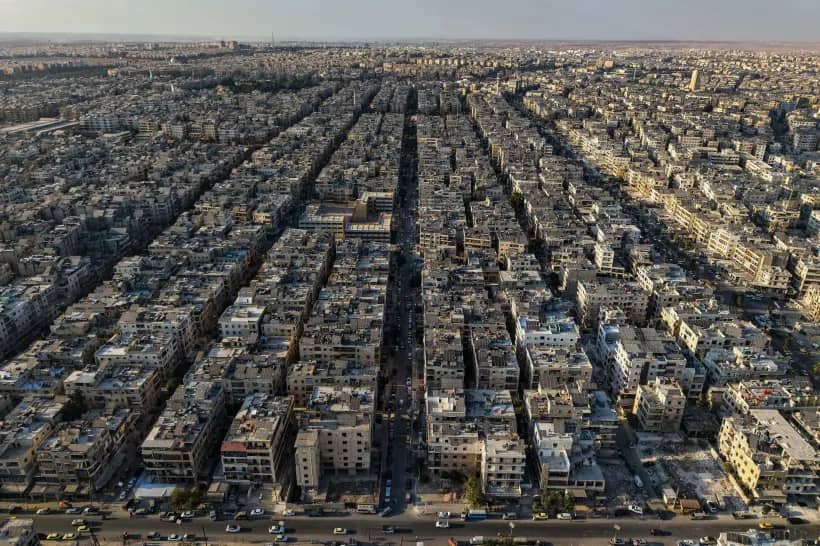ROME — A former Vatican official testified Tuesday that he was under intense “psychological pressure” to finalize a deal over the Holy See’s troubled investment in a London property, but entered into the negotiations without a lawyer and didn’t realize the deal got the Vatican nothing in return.
Fabrizio Tirabassi testified for some seven hours about the frenzied meetings he attended in London Nov. 20-22, 2018 that the Holy See had thought would salvage its 350-million-euro investment in the former Harrod’s warehouse and stem its losses.
Instead, the contracts negotiated in those days ended up turning control of the London property over to an Italian broker, Gianluigi Torzi, who was unknown to the Vatican only a month prior but got in the door because he was recommended by acquaintances of Pope Francis.
The perfect storm of incompetence, alleged criminality and blind trust in people presented as friends of Francis are at the heart of the Vatican’s big fraud and embezzlement trial. Vatican prosecutors have accused 10 people, including Tirabassi, of fleecing the Holy See of tens of millions of euros, and Torzi of having then extorted the Vatican for 15 million euros to get full ownership of the property. They all deny wrongdoing.
Tirabassi was the No. 2 in the secretariat of state’s administrative office, which managed some 600 million euros in assets, including donations from the faithful to the pope for charity. Starting around 2012, the office decided to diversify its portfolio and put some 200 million euros in a fund that, among other things, was investing in the London warehouse and developing it into a luxury residential property.
By late 2018 the fund had lost 18 million euros of the Holy See’s money and the Vatican’s auditor general was asking questions: The auditor had put an end-of-the-year deadline for the secretariat of state to explain the deal and turn it around. Tirabassi said he felt “psychologically pressured” to find a way out.
Tirabassi and his boss, Archbishop Alberto Perlasca, worked with a handful of Italian businessmen who were presented as having a “privileged rapport with the Holy Father,” Tirabassi said, to figure out a way to buy out the fund manager, Raffaele Mincione, and obtain the shares of the building the Vatican owned.
One of those Francis friends introduced Tirabassi to Torzi, and between mid-October and mid-November, Torzi stepped up with a solution that was hammered out in his London offices Nov. 20-22, Tirabassi said.
Perlasca sent Tirabassi and the Vatican’s longtime external financial adviser to London to work out the details, but they realized once they got there they needed a lawyer. A text message read out in court from Perlasca in those days said that “we’d be in big trouble” if the auditor-general discovered that they had entered into a new set of contracts over the London property without a lawyer present.
Perlasca balked at spending 160,000 pounds on one lawyer familiar with the deal, Tirabassi said, and so they decided to entrust their interests to Torzi’s lawyer, thinking they were on the same side.
The deal called for the Holy See to have 30,000 shares of the building in one of Torzi’s holding companies, Gutt, with Torzi keeping 1,000 shares. But Torzi stipulated in the signed contract that his shares had all the voting rights, meaning he effectively owned and controlled the building.
Tirabassi testified that he didn’t realize the “diversity of the shares” at the time and said he thought Torzi’s 1,000 shares were necessary for him to manage the property and would serve as compensation if the Vatican ever sold the property.
In the end, the Vatican bought out Torzi’s 1,000 voting shares for 15 million euros, the basis for the charge of extortion against Torzi, which he denies.














